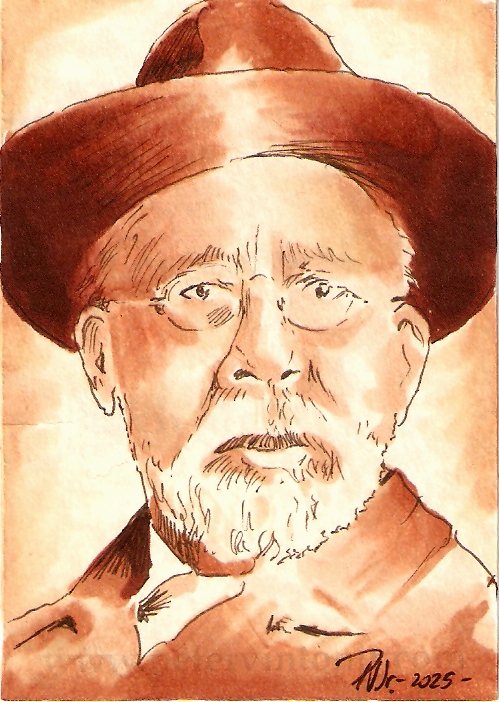 "While we honor the living soldiers who have done so much we must not forget to whisper for fear of desturbeing the Glorious sleep of the ma[ny] who have fallen."
"While we honor the living soldiers who have done so much we must not forget to whisper for fear of desturbeing the Glorious sleep of the ma[ny] who have fallen."An ongoing illustrative history study
This piece originally posted on 10/06/2025,
first preceded by my tribute to Dr. Quintard Taylor (1948 - 2025),
founder and director of BlackPast.org, which has been an indispensable
source for so much of this series. RIP Dr. Taylor, and thank you.
Prelude | 196 | 197 | 198 | 199 | 200 | 201 | 202 | 203 | 204 >> | Email |
|---|
 "While we honor the living soldiers who have done so much we must not forget to whisper for fear of desturbeing the Glorious sleep of the ma[ny] who have fallen."
"While we honor the living soldiers who have done so much we must not forget to whisper for fear of desturbeing the Glorious sleep of the ma[ny] who have fallen."
Following right along from his contemporary Abraham Galloway (previous lesson), today we examine the life and (perhaps more importantly) the recorded history of William B. Gould. Born enslaved in 1837 North Carolina and raised with particular skills as a plasterer, Gould took advantage of the onset of the Civil War --at a time when plantation owners weren't in a position to oversee their slaves as closely-- and escaped along with seven other slaves aboard a steamship headed up Cape Fear in 1862. This ship was in turn intercepted by a patrolling Union gunboat, the USS Cambridge, part of the Atlantic Blockading Squadron, and in very short order Gould enlisted in the U.S. Navy and signed on as a member of her crew, eventually attaining the rank of Petty Officer. Significantly while aboard the Cambridge, Gould began the practice of keeping a journal.
During the next three years, Gould would record his Civil War service in the U.S. Navy, first aboard the Cambridge, and later aboard the Ohio and then Niagara; the latter during her epic hunt through European waters for the Confederate cruisers Alabama, Florida, and Georgia. His journal entries weren't particularly organized and frankly meandered --but at the very least he did clearly designate the respective dates of each entry: a blessing to future archivists and historians! At the time of Grant's capture of Richmond, Gould was serving aboard the Niagra, cruising off Southampton, England. While there he took note of a proposal that "intimates Colinization for the colard people of the United States... This move... must and shall be resisted. We were born under the Flag of the Union and we never will know no other. My sentement is the sentement of the people of the States."
In 1865 after discharge, Gould moved to Nantucket, Mass., where he married Cornelia Williams Read and took on a career as a plasterer; he later settled in Dedham, where he raised eight children, including five sons who would later in the Spanish-American War, and one son in World War I. His diaries were packed away in an attic, scarcely to be thought of again, until 1958 when they would be rediscovered by his grandson William B. Gould, III. Gould himself died in 1923.
His diaries remain a treasure trove of firsthand information; not only did chronicle the relentless monotony of shipboard life, but also the occasional excitement of chasing down Confederate blockade runners. He also singled out the unusual (relative) racial equality such as was unique to the Navy, but he also didn't leave out the slights, microaggressions, and the outright discrimination that were a daily fact of life for him and for all Black sailors. His writings offer some truly unique vantage points, not only on the events of the Civil War itself, but the aftermath and the way the nation --and indeed the world-- were addressing such seismic changes.
See if you can pick up a copy of Diary of a Contraband: The Civil War Passage of a Black Sailor (2002), a modern (and illustrated) take on Gould's life and writings curated by his great-grandson, William B. Gould, IV.
In May of 2023, a statue of Gould was unveiled at Gould Park in Dedham, Massachusetts
For further study: Overlooked No More: William B. Gould, Escaped Slave and Civil War Diarist - Preservation NC
Next lesson - Lesson 204: Adam Crosswhite